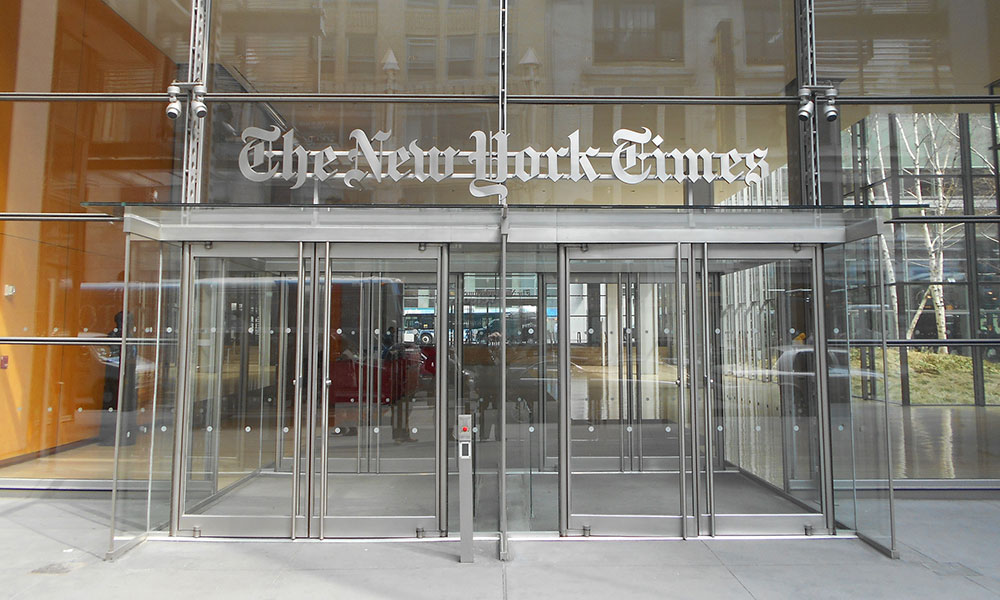
How The New York Times Turned Unsolicited Donations Into a Successful Program
The Times used its readers' interest in expanding access to good journalism to help buoy its ongoing educational programs. Its "sponsor a subscription" program has received enough funds to offer 1.3 million students free online subscriptions to the newspaper.
For slightly more than a month, The New York Times has been asking its subscribers for a little help in donating subscriptions to U.S. students.
The model is fascinating because the Times isn’t a nonprofit, and so contributors aren’t eligible for the tax benefits they get when they donate to a nonprofit organization. Even so, the approach is working—and well.
Last week, the newspaper announced that it had gained enough in donations to cover 1.3 million annual student subscriptions to NYTimes.com at $3 apiece—including a $1 million gift from an anonymous donor. More than 15,500 individual donors have given to the initiative so far, including more than 830 international donations—surprising because the program doesn’t assist international students at all.
The strategy came about after the Times received a number of unsolicited donations in the wake of the 2016 election. The paper decided to tie the donations to its long-running educational efforts, which date back to 1932 and continue with its ongoing Learning Network site, which offers educational resources to teachers.
“The genesis of the ‘sponsor a subscription’ program came directly from readers who approached us with the desire to help support independent journalism and promote news literacy after the U.S. elections,” said Publisher Arthur Sulzberger Jr. in a news release. “Thanks to their tremendous generosity, schools that would not normally have had the means to pay for resources like the Times are now able to empower their students with the news and information they need to help them understand the world around them.”
The program highlights the importance of good timing—something other news-related organizations, like PolitiFact, the Committee to Protect Journalists, and ProPublica have benefited from in recent months.
Nieman Lab’s Ricardo Bilton suggests that the takeaway from this success story is the Times’ willingness to ask more from the newspaper’s biggest fans.
“[T]he Times has sometimes struggled to maximize revenue from Times lovers of means who would be happy to chip in more for a beloved part of their daily routine,” Bilton wrote last week. “By turning the pitch into a philanthropic one, it appears to have found a low-marginal-cost way to generate millions of dollars from that crowd.”






Comments